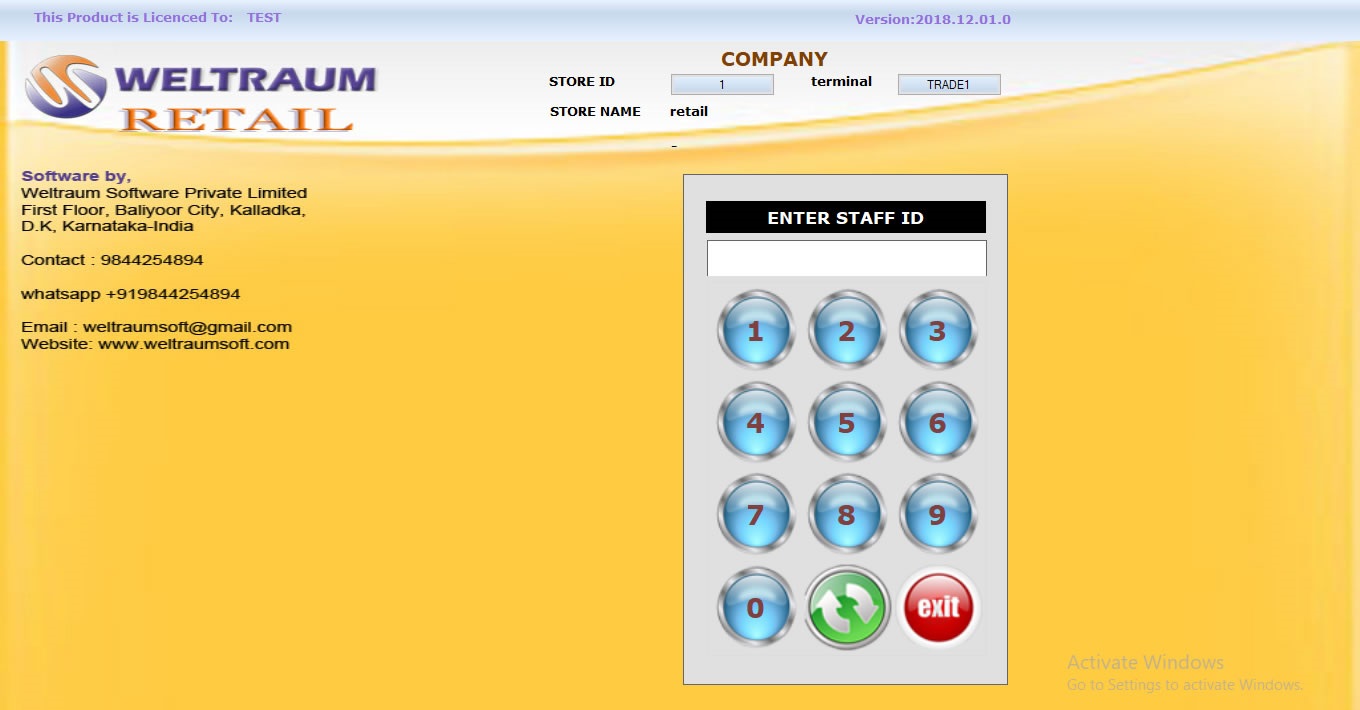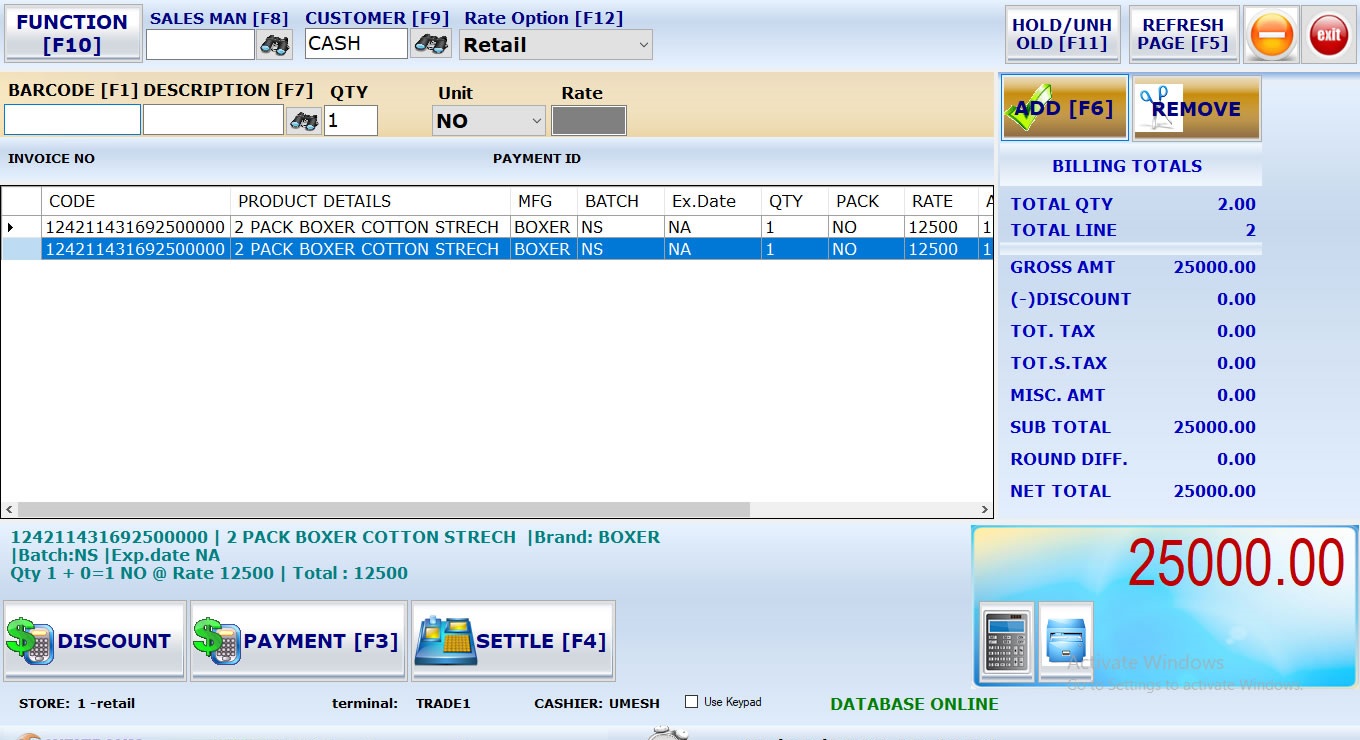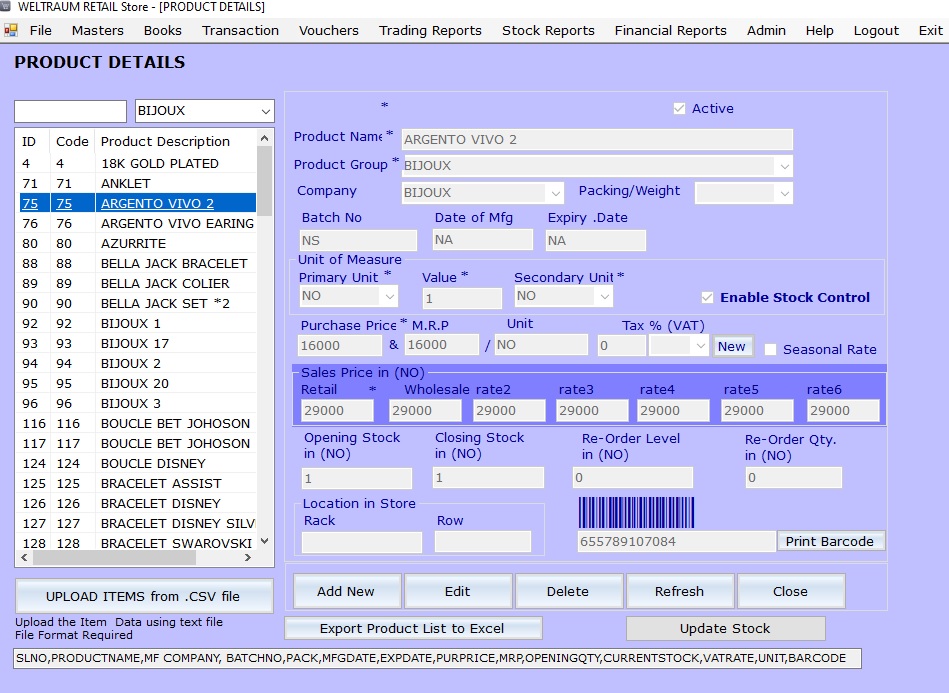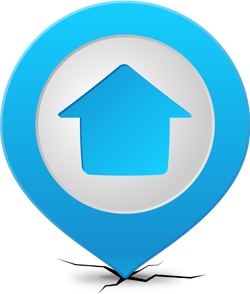RETAIL MANAGEMENT SOFTWARE

Retail management software (RETAIL) is a digital solution that helps retailers streamline their operations, manage inventory, process sales, track customer data, and generate reports. It typically integrates various aspects of retail business management, including point-of-sale (POS), customer relationship management (CRM), supply chain management, and analytics.
Key Features of Retail Management Software
- Point-of-Sale (POS) System – Processes sales, handles transactions, and manages returns/exchanges.
- Inventory Management – Tracks stock levels, manages reorders, and prevents stockouts or overstocking.
- Customer Relationship Management (CRM) – Stores customer data, manages loyalty programs, and personalizes marketing.
- Employee Management – Tracks employee hours, sales performance, and scheduling.
- E-commerce Integration – Syncs online and offline stores for seamless operations.
- Supply Chain & Vendor Management – Automates purchase orders and supplier interactions.
- Reporting & Analytics – Generates sales reports, tracks KPIs, and provides insights into business performance.
- Multi-Store Management – Helps businesses operate multiple retail locations efficiently.
Retail Point-of-Sale (POS) software is designed to help businesses process sales, manage inventory, and handle customer transactions efficiently. It is a crucial tool for brick-and-mortar and online stores, providing features like payment processing, reporting, and customer management.

Retail Back Office: Definition & Key Functions
The retail back office refers to the behind-the-scenes operations that support a retail business, ensuring smooth day-to-day functions beyond the front-end point-of-sale (POS) system. It includes tasks related to inventory management, financial reporting, employee scheduling, supply chain coordination, and customer data management.

Key Functions of a Retail Back Office System
-
Inventory Management
- Tracks stock levels across multiple locations.
- Automates reordering to prevent stockouts and overstocking.
- Supports barcode scanning and RFID tracking.
- Sales & Financial Reporting
- Generates detailed sales reports and analytics.
- Tracks profits, losses, and operational expenses.
- Customer Relationship Management (CRM)
- Stores customer purchase history and preferences.
- Manages loyalty programs, discounts, and gift cards.
- Enables targeted marketing campaigns.
- Employee Management
- Tracks employee schedules, shifts, and payroll.
- Monitors sales performance by employee.
- Allows role-based access control for sensitive data.
- Supplier & Purchase Order Management
- Automates purchase orders based on stock levels.
- Tracks vendor performance and pricing.
- Ensures smooth supply chain operations.
 Kempala Uganda
Kempala Uganda  +256 703696899
+256 703696899